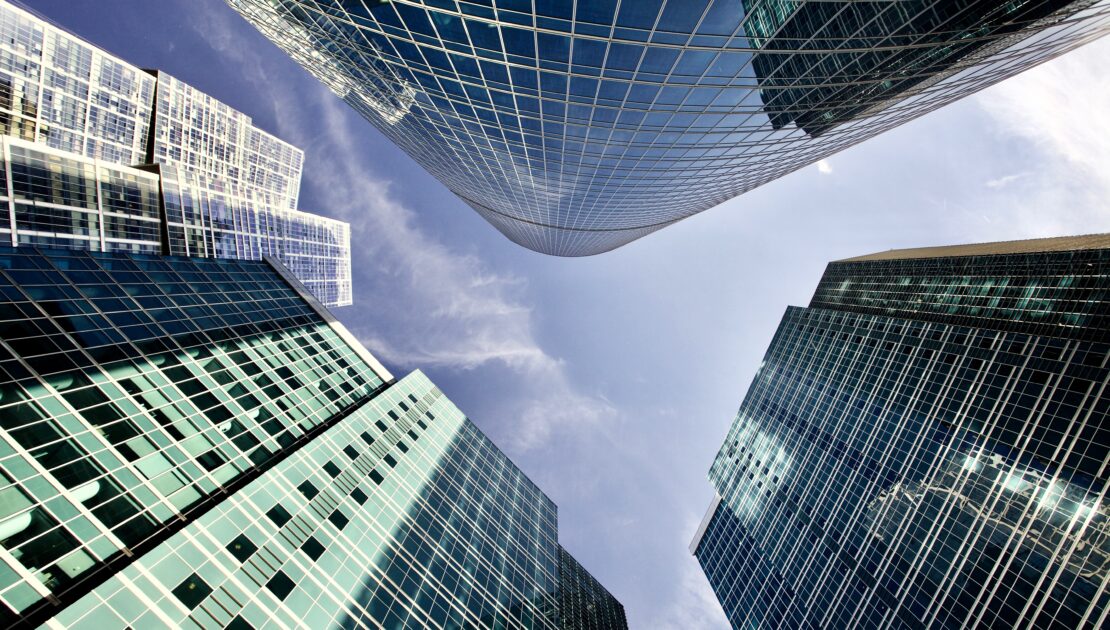Office Building Owners, Users Confront a New Age of Safety Protocols

Those of us who were present in that seemingly blissful time before the 9/11 attacks remember the experience of walking into an office building as a visitor, heading straight for the elevator and probably not speaking to another soul until you got to your destination — if then.
All of that changed with the terrorist attacks. Check-ins at security, scanning your IDs, maybe X-rays of your purse or briefcase became standard procedures. No more wandering in on an impulse. Some places were a little heavy-handed in their security checks, as if they were protecting heads of state, but they backed off, mostly because the tenants complained.
We’re now reaching the point where office building managers, besides wanting to know your business, also have an interest in your health. Some buildings have installed, or are considering, thermal cameras that passively take everybody’s temperature, along with devices that reduce the surfaces one must touch for access.
To some, the involuntary temperature checks might seem intrusive. Electrician Elbert Walters thinks we’ll adapt to these changes, too, because most of us understand the risks from COVID-19 and any other infectious disease in our future.
“A lot of people are concerned about coming back to an office. We are nervous. Speaking from a personal level, I don’t know when those door handles were last cleaned. We don’t know if someone is asymptomatic but can infect others,” Walters said.
The thermal cameras are just like those getting more common in airports or hospitals. Other devices have been around for a long time — automatic doors, touchless bathroom controls, motion-sensing light fixtures. Additional options include germicidal ultraviolet light that can be switched on during late-night hours and improved ventilation.
Walters said his more than 600 contractors, representing some 12,000 electricians, are getting numerous inquiries from office buildings about installing at least some of the devices. Others may be holding off to see how many workers actually return to the office as people resume old habits. “Every building will have to have some type of safety protocol,” Walters said.
Exactly what gets installed is something owners will examine building by building, said Suzanne Hendrick, senior vice president and managing director of asset management at MB Real Estate. The firm manages 20 buildings in the Chicago area.
At its 150 N. Wacker Drive property, MB has installed cameras that can track everybody’s temperature in the lobby and signals the turnstiles to block your entrance if it’s 100.4 degrees or higher, a standard based on current medical advice. Hendrick said people who are stopped will get another temperature check from security staff. The person will be refused entry if the second check verifies the camera reading. Staff will notify the office where the person was bound, Hendrick said.
More common in MB’s properties are ventilation improvements using the MERV-13 filters experts say capture airborne viruses and bacteria. Hendrick said landlords continue to mull changes. “Nothing is off the table,” she said.
But nobody knows yet how much damage COVID-19 will do to office space demand or how it will change usage patterns. Hendrick estimated in MB’s buildings about 15% of the population is back in the office regularly, up to 35% in properties where more workers have the “essential” tag.
The Chicago Loop Alliance probably has the broadest measure of downtown activity. It said its latest pedestrian counts at key downtown locations are down about 70% from where they were a year ago.
Expense, uncertainty and inertia are preventing some landlords from deciding on safety improvements, said Dan Slack, principal at Baker Development. But he said they’ll have to act soon.
A year ago, Baker opened a boutique office building at 2017 N. Mendell St., near the future Lincoln Yards, that totals 61,000 square feet, most of it still available. Slack said the building boasts the latest in air filtration, touchless entry and a modified blue-light system that can sanitize surfaces 24 hours a day without affecting people. A smaller building means tenants will mingle with fewer strangers. And — it has nothing to do with safety, but it’s neat — tenants can adjust the windows’ tint with their smart phone.
Slack said there are two reasons buildings need to adapt to the pandemic: “You’ve got to make the employee comfortable to come back to work. You also have to make employers safe from getting sued because someone got sick in their building.”
